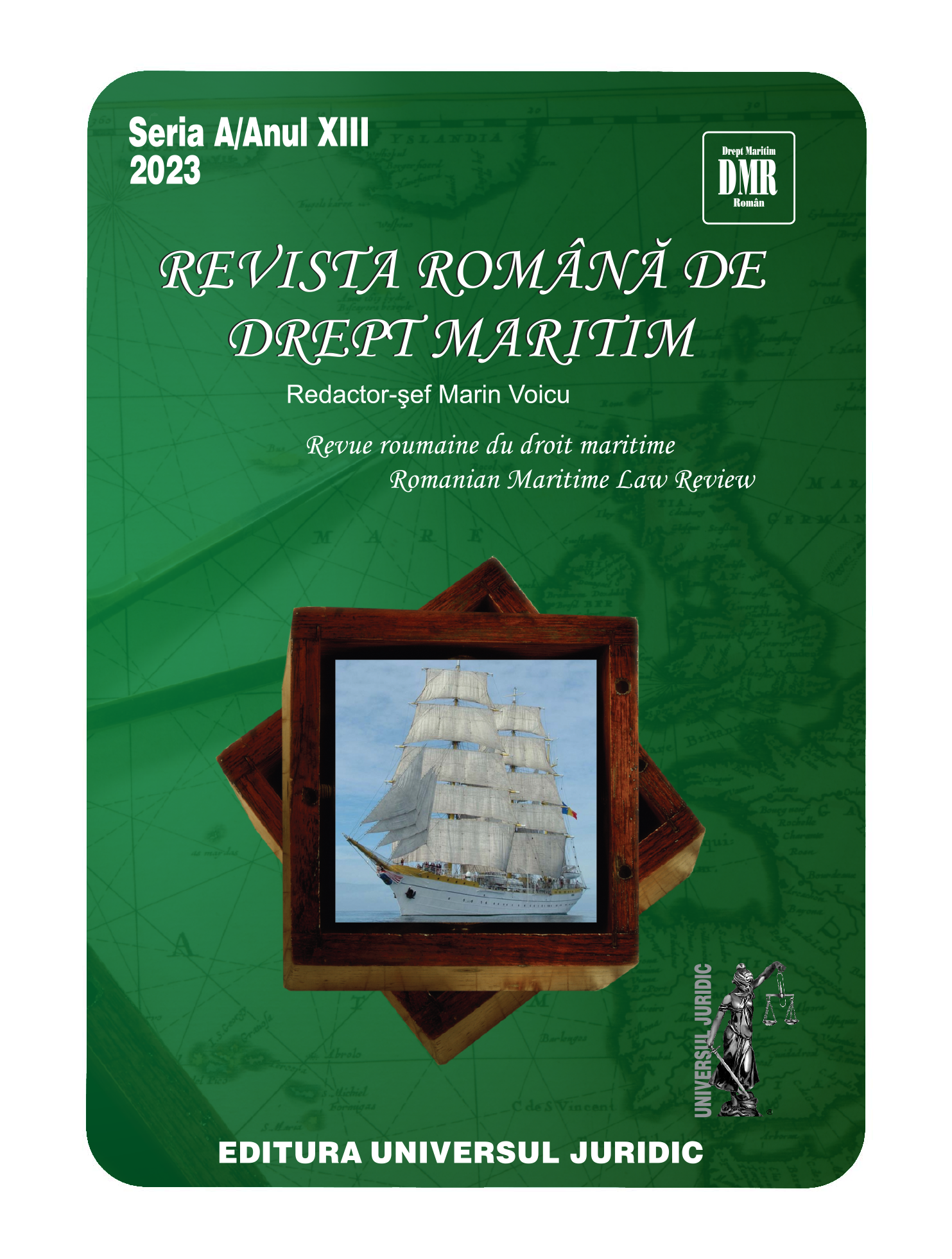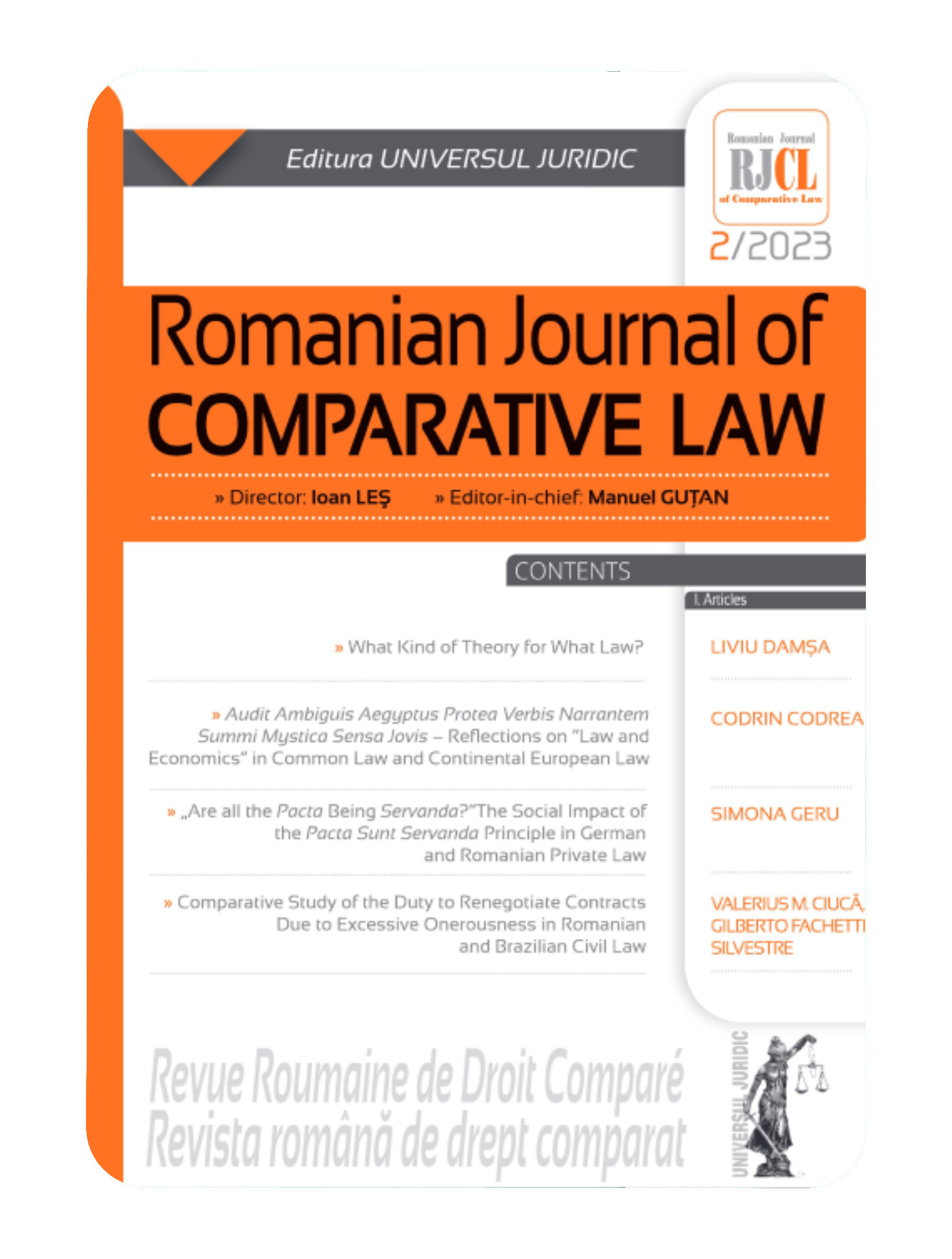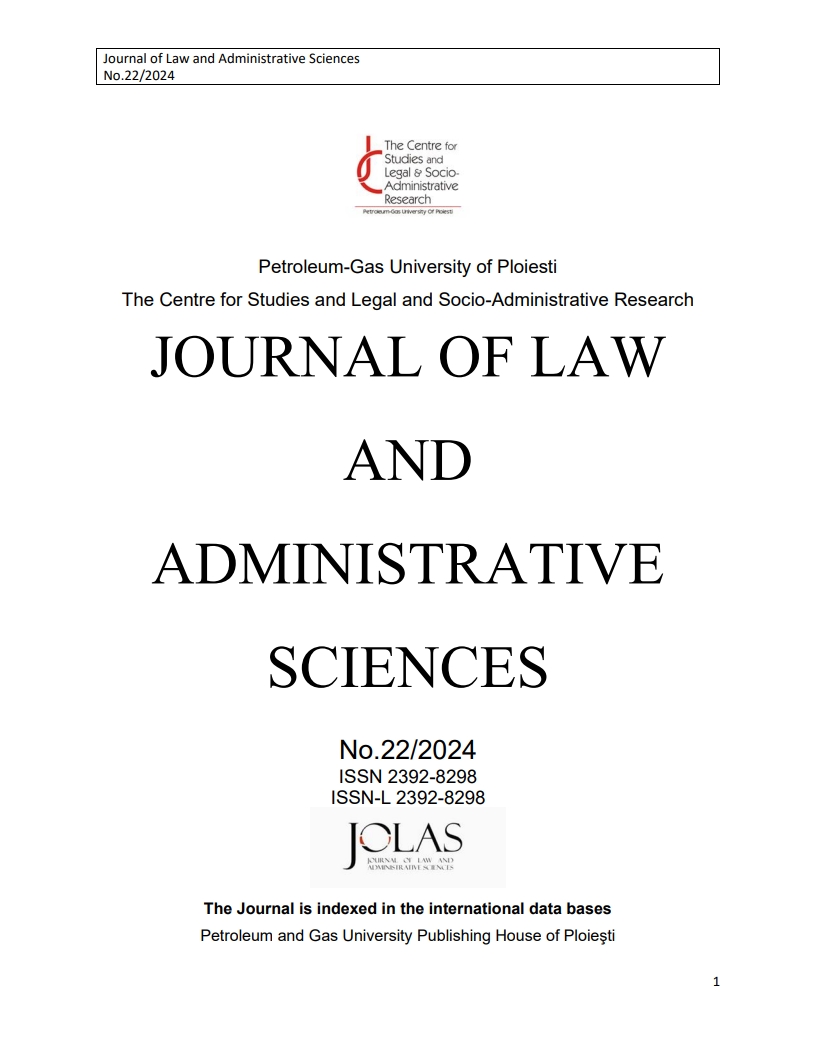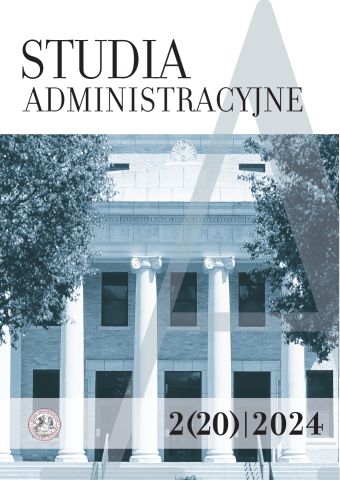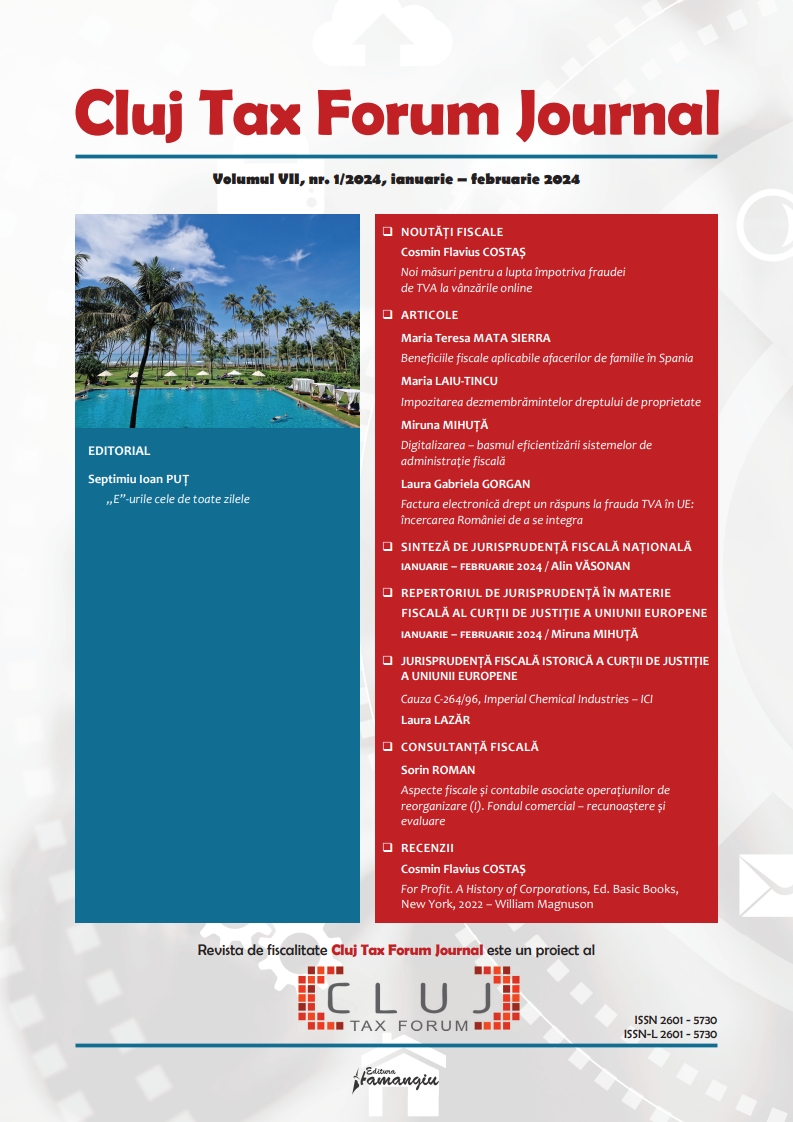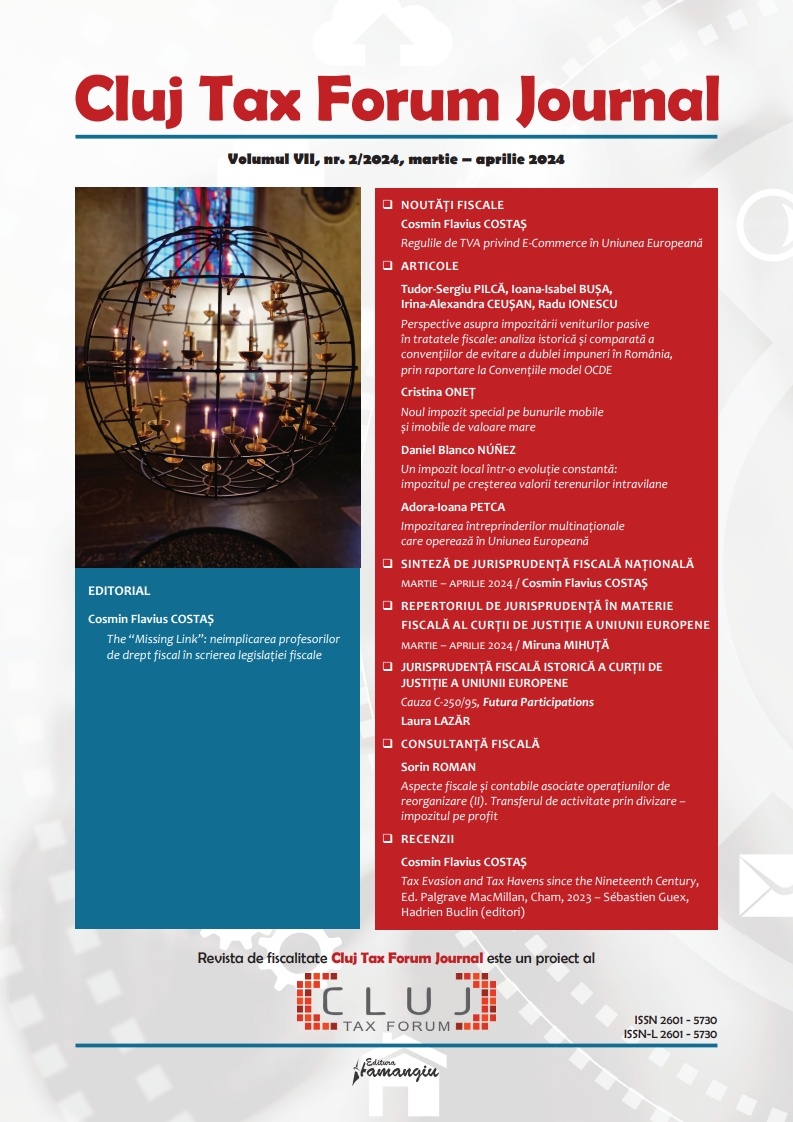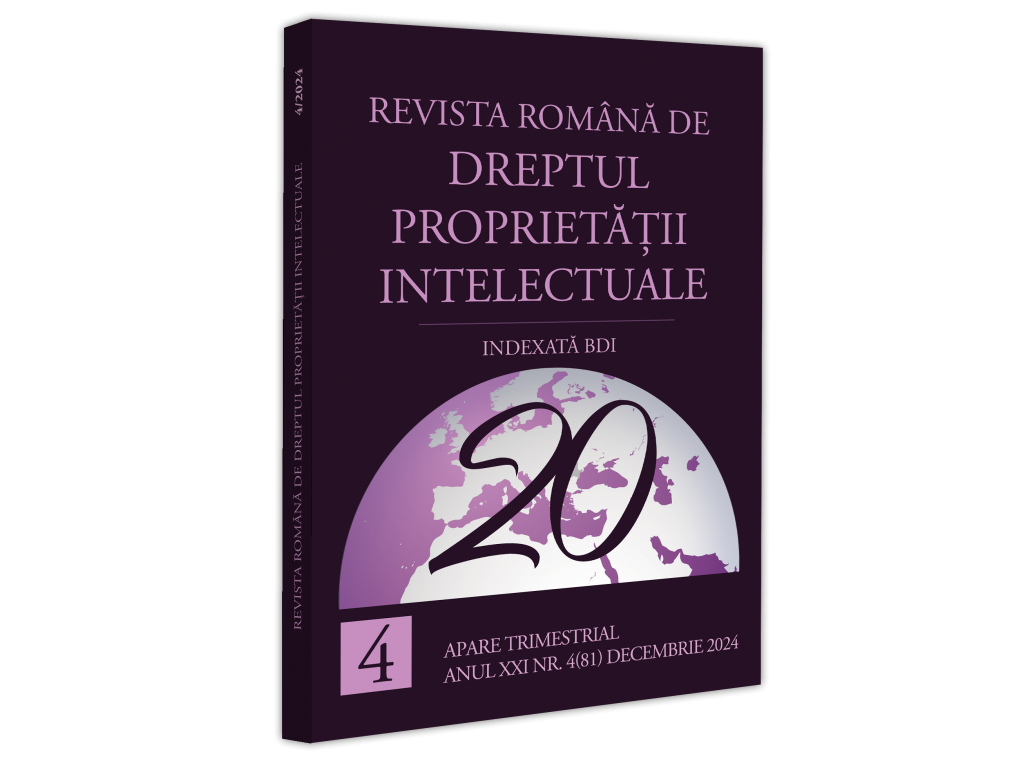
Limitările și/sau excepțiile de la dreptul exclusiv al autorilor de opere protejate prin drepturi de autor
Through the exclusivity of the use of the works/creations and the right of the owners to prohibit third parties from using the protected works without their consent, the intellectual rights conferred on creators are (legal) monopolies and like any monopoly, they, when absolute give rise to disputes as to their scope and to conflicts of interest between rightholders and the consuming public or society as a whole, and a rigid application of copyright law and the recognition of an absolute monopoly in favor of rightholders is contrary to the purpose of protecting works, their very raison d'être. Multiple arguments, but not all of them convincing, some of them seeming to show that copyright is indeed in crisis, others being accepted for reasons of public interest, others for social, educational or research facilitation reasons, and some because new technologies make unauthorized uses possible that simply cannot be prevented and so they must also benefit the rights holder, laws (all over the world) set up such limitations on copyright (but this is also true for industrial property rights). In a more general formulation, however, the doctrine holds that the limitations established by law for copyright are justified by the need to harmonize the general interests with those of the rightholders. An opinion that seems to us to be contradicted by the facts, because while users are seeking more and more limitations on authors' rights (and the voices calling for a reduction in the terms of protection or even their abolition are not to be ignored), authors are, on the contrary, hostile to all legal limitations on their rights. The truth, we believe, lies somewhere in the middle: some unauthorized uses are justified by the general interests of society (e.g. use in legal proceedings), others by reasons of expediency, because, since they cannot be controlled, they must benefit the rightholders (e.g. private copying). Limitations and/or exceptions, regulated by law but with insufficiently clearly formulated conditions, allow the use of copyrighted works without the authorization of the author of the rights holder, which is why they are qualified as "users' rights" (e.g. "right of quotation", "private copying right") and also referred to as "legal licenses". The limitations on the exclusive rights of creators, first applied by case law (the fair dealing doctrine in England and the Commonwealth countries and the fair use doctrine in the USA, with a mix of the two in continental law) and only more than 200 years later by law, are intended to ensure that third parties, unauthorized by the right holder, have access to certain uses of the protected works. Copyright (like other intellectual rights) is subject to other types of limitations than those expressly provided for under the law, which are of a general nature and relate to the nature and content of the rights as a whole, including those relating to their limited duration in time, followed by their falling into the public domain, where access to the works is free, the territory over which they are protected, which is, in principle, territorial, or the exhaustion of some of the rights (such as those of disclosure and distribution). The limitations/exceptions have gained in importance and have been more widely regulated in the context of the development of new technologies for the fixation, reproduction and communication of works and the adoption in 1994 of the Agreement on Trade-Related Intellectual Property Rights (TRIPS), but also against the background of a movement in favor of limitations on rights which, could, of course, only have aroused the displeasure of rights holders (who, however, lost this „battle”, as recently demonstrated by the Marrakesh Treaty to facilitate access to published works by blind, visually impaired or otherwise print disabled persons signed on behalf of the Union on April 30, 2014(8)). However, the transformation of works into digital format also responds to the need for libraries to implement new technologies that are an efficient and rapid means of making works available and accessible to the public, but also one whereby old works can be consulted without the risk of damage through manipulation. These are considered to be specific reproductions or transformations of the works in respect of which the rights of the rightholders are subject to limitations . In other words, these are fair or lawful uses that are permitted in all legal systems (those in which the Berne Convention of 1886, TRIPS and Directive (EC) No 29/2001 are binding, which means virtually all states). The Romanian Copyright Law, amended several times in order to be brought in line with Directive (EC) No 29/2001 , as amended on this aspect by Directive (EU) No 1654/2017 and Directive 790/2019 , regulates the purposes, cases and conditions under which limitations may be placed on the rights recognized in favor of authors in Title I, Chapter VI "Limitations on the exercise of copyright", the law being harmonized on this aspect as well with the most recent rules of European Union law. We have identified a number of 12 copyright exceptions/limitations. First accepted by the courts, case law has, as always in the history of copyright, played a decisive role in regulating them.
More...
